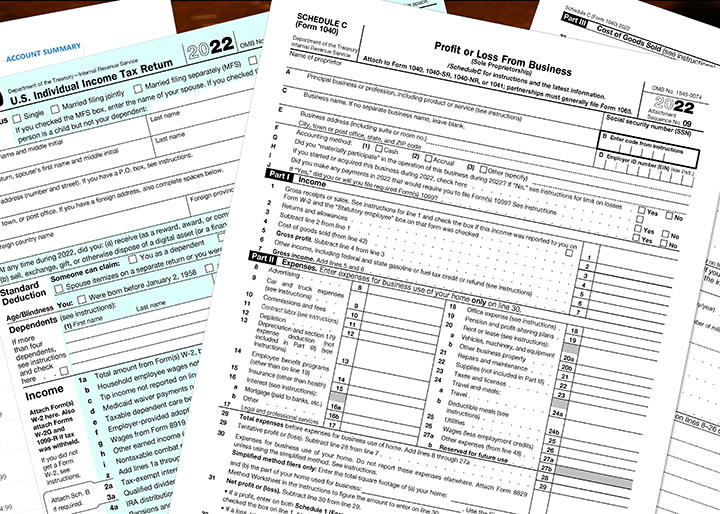What We Learned About Auction in 2023
How it Will Prepare You for 2024 By Amy Daniel Auction, once a market dominated by investors, is becoming more mainstream. People who previously were frightened by the process are no longer afraid to go down the auction path. In the last year, there was a shift to where everyday homebuyers became more comfortable with the auction process. Based on ServiceLink’s 2023 State of Homebuying Report (SOHBR), which surveyed 1,000
Read More












